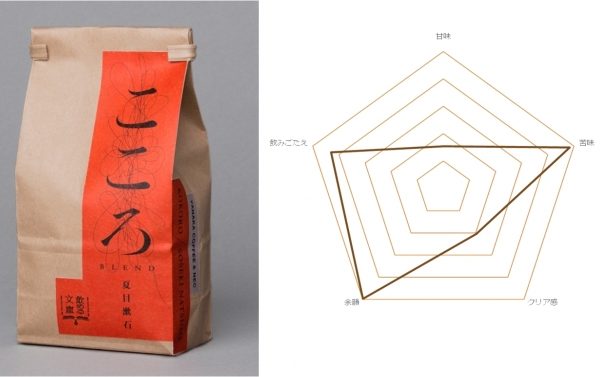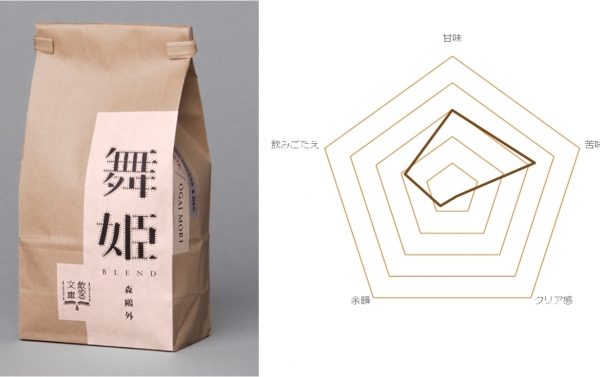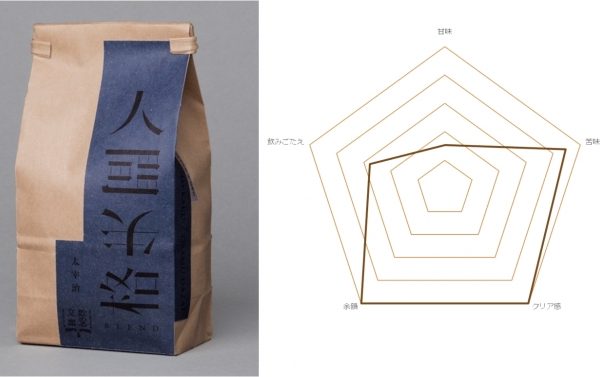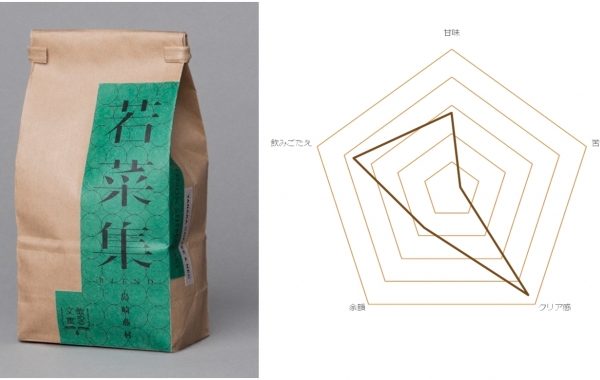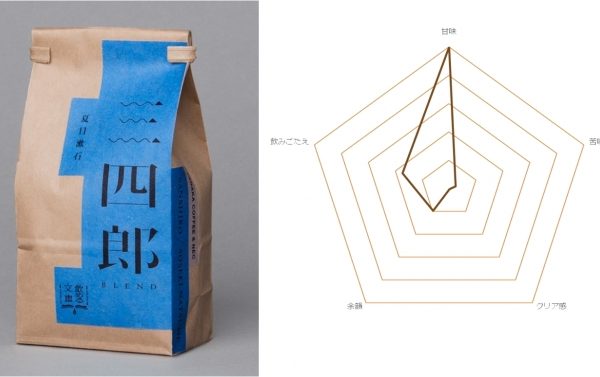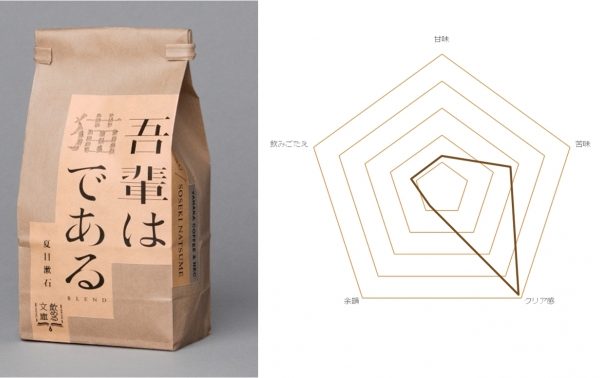Reading, while sipping a cup of coffee is one of the best pastimes for a lot of people. The tastes of coffee are comparable to the feelings you get between the lines and could really immerse you in your books.
In order to engage readers in the books, NEC from Japan, partnered with Yanaka Coffee, utilised AI technology to analyse the content of the novels. Coffee beans with a special taste, which is believed to be able to adequately represent the novels, is designed, creating the “Drinkable Novels”.
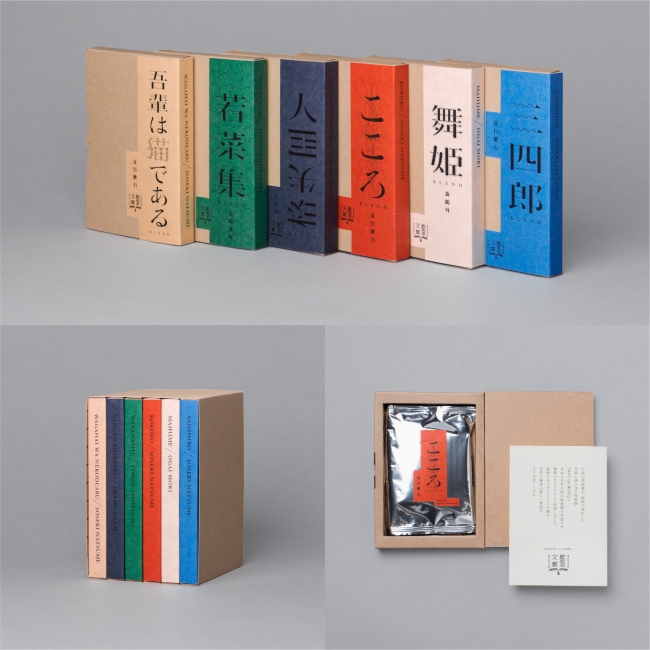
▲Showcase of “Drinkable Novels”
Six kinds of coffee beans represent six pieces of renowned classics, including:
- Shimasaki Touson’s Collection of Young Herbs
- Osamu Dazai’s No Longer Human
- Natsume Soseki’s Sanshiro
- Natsume Soseki’s Kokoro
- Natsume Soseki’s I am a Cat
- Mori Ougai’s the Dancing Girl
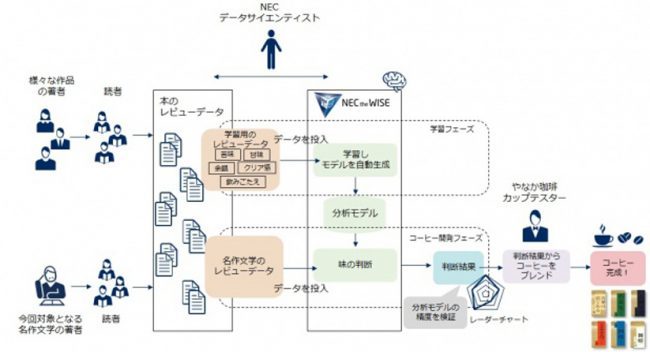
▲The processes of creating “Drinkable Novels”
To accurately recreate the emotions brought by the book, big data of the public’s opinions towards the books is collected by engineers. With the technology of “deep learning”, the emotions are translated into tastes. For example, bitterness refers to the sorrow and freshness refers to the smoothness.
▲Taste Analysis categorised tastes into Sweetness, Bitterness, Aftertaste, Freshness and Smoothness.
Kokoro mainly focuses on Teacher and I, as the protagonists. The guilt and disgust experienced by the teacher after his rival committed suicide made its coffee the bitterest among all. On top of that, the struggle between the desires of money and sex, the thought-provoking part is shown in the aftertaste.
When the results of the analysis are announced, cuppers would alter the tastes with reference to the data as to ensure the representativeness of the corresponding novels. Finally, “Drinkable Novels” are produced.
In No Longer Human, the main character underwent cruelty, thus, lost his faith towards humanity. Thus, cuppers mixed coffee beans from Columbia, Brazil and Peru and roasted them in full city, making the first sips of coffee nearly tasteless, with growing bitterness as to recreate the layers of emotions in the novel.
–
In the past, literature is limited to just black and white on papers. But with the pioneering gimmick of “Drinkable Novels”, it is believed that there will be more chances for technology to be incorporated with literature, allowing reading to develop in more folds.
Cr:YANAKA COFFEE




